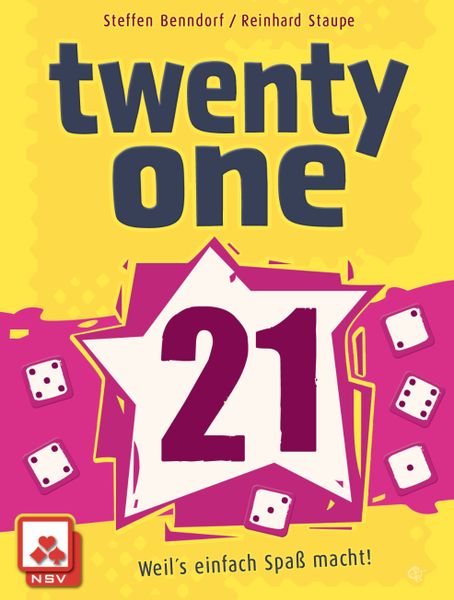Twenty One (2017) Board Game
Twenty One is a dice game that was released in 2017 by designer Oliver Freudenreich. The game is designed for 2-6 players and has a quick playing time of around 15 minutes. It falls under the category of dice games and involves dice rolling and paper-and-pencil mechanics.
Game Components of Twenty One
How To Setup Twenty One
To set up the game, each player receives a scoring sheet, which is not identical to the others, ensuring variety among players. The sheets are color-coded and have specific numbers indicating the maximum value that can be entered in each space. Players need something to write with, and the dice are ready for rolling. The game is designed to be quick and straightforward, with no complex setup required.
Gameplay Mechanics and Game Objective
Mechanics:
Game Objective:
Player Experience
**Twenty One** is an abstract, quick, and interactive game that keeps all players engaged on every turn. It is designed for 2-6 players, with an age recommendation of 8+. The game is well-designed and executed, ensuring that players are always active, which contrasts with traditional dice games like Yahtzee that often involve downtime. However, the game is highly dependent on luck, with limited strategic decisions, making it more suited for casual players rather than strategists.
Pros
Cons
Personal Thoughts on Twenty One
**Twenty One** is a great option for those looking for a quick, easy-to-play roll-and-write game that keeps everyone engaged. It is particularly suited for non-gamers or families who enjoy simple, interactive games. However, for gamers seeking more strategic depth, **Twenty One** might feel too light and reliant on luck. It serves well as a filler game or an introduction to the roll-and-write genre, but it may not offer the complexity some players crave.
We are supported by our audience. When you purchase through links on our site, we may earn an affiliate commission, at no extra cost for you. Learn more.

